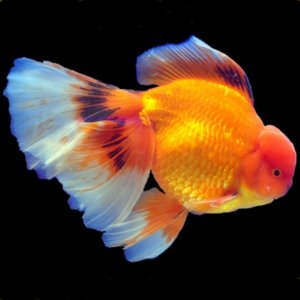amaranth13
Fish Fanatic
I have what I think is a female ember tetra with some strange black spots in her body.
Tank size: 10 G
pH: 6.11 (pH meter)
ammonia: 0 ppm
nitrite: 0 ppm
nitrate: 10 ppm
kH: 2
gH: 3
tank temp: 78.9
Fish Symptoms (include full description including lesion, color, location, fish behavior): female (as far as I understand) ember tetra with black spots in what I think are the ovaries and a black line above the swim bladder with a point going downwards from it. I think she might be egg bound? I have had three ember fry from this tank on different occasions, even if it is a community tank. But that would not explain the black line above the swim bladder. She seems to be swimming around like normal and not suffering at all, so it might not be anything?
Volume and Frequency of water changes: 50% once a week
Chemical Additives or Media in your tank: Seachem Prime and Flourish
Tank inhabitants: 6 ember tetra and 5 corydoras habrosus
Recent additions to your tank (living or decoration): none
Exposure to chemicals: None
Digital photo (include if possible):

Sorry for the bad photo quality, it was very difficult to get a good picture, I had to take a picture of the entire tank and then remove the rest.
Tank size: 10 G
pH: 6.11 (pH meter)
ammonia: 0 ppm
nitrite: 0 ppm
nitrate: 10 ppm
kH: 2
gH: 3
tank temp: 78.9
Fish Symptoms (include full description including lesion, color, location, fish behavior): female (as far as I understand) ember tetra with black spots in what I think are the ovaries and a black line above the swim bladder with a point going downwards from it. I think she might be egg bound? I have had three ember fry from this tank on different occasions, even if it is a community tank. But that would not explain the black line above the swim bladder. She seems to be swimming around like normal and not suffering at all, so it might not be anything?
Volume and Frequency of water changes: 50% once a week
Chemical Additives or Media in your tank: Seachem Prime and Flourish
Tank inhabitants: 6 ember tetra and 5 corydoras habrosus
Recent additions to your tank (living or decoration): none
Exposure to chemicals: None
Digital photo (include if possible):
Sorry for the bad photo quality, it was very difficult to get a good picture, I had to take a picture of the entire tank and then remove the rest.



